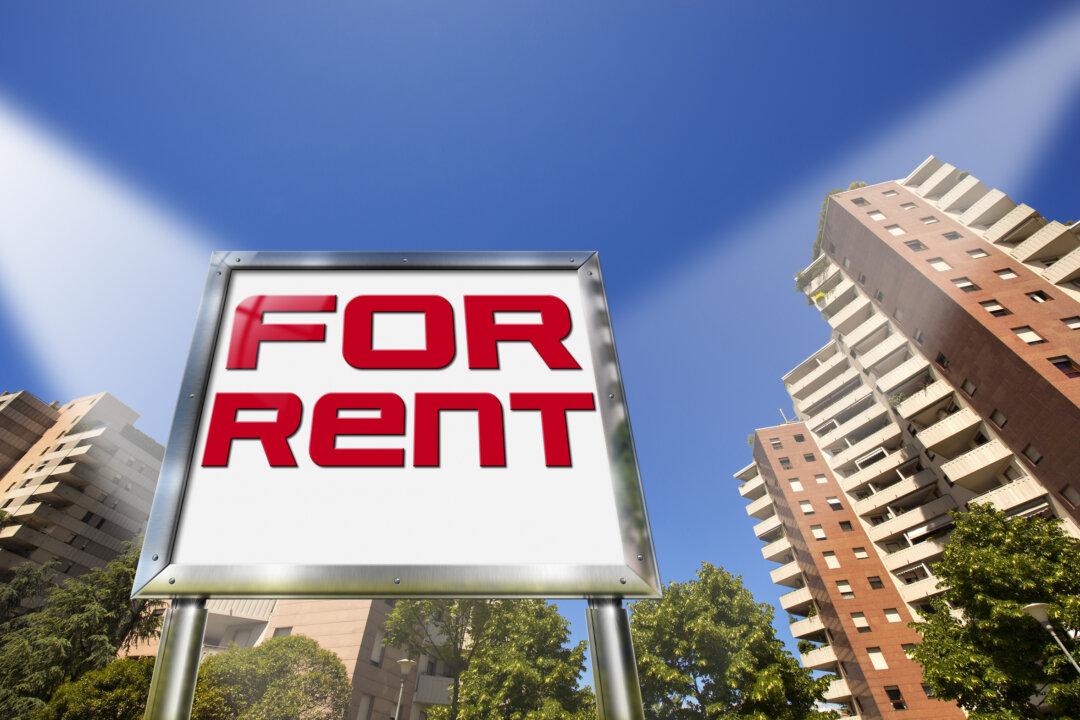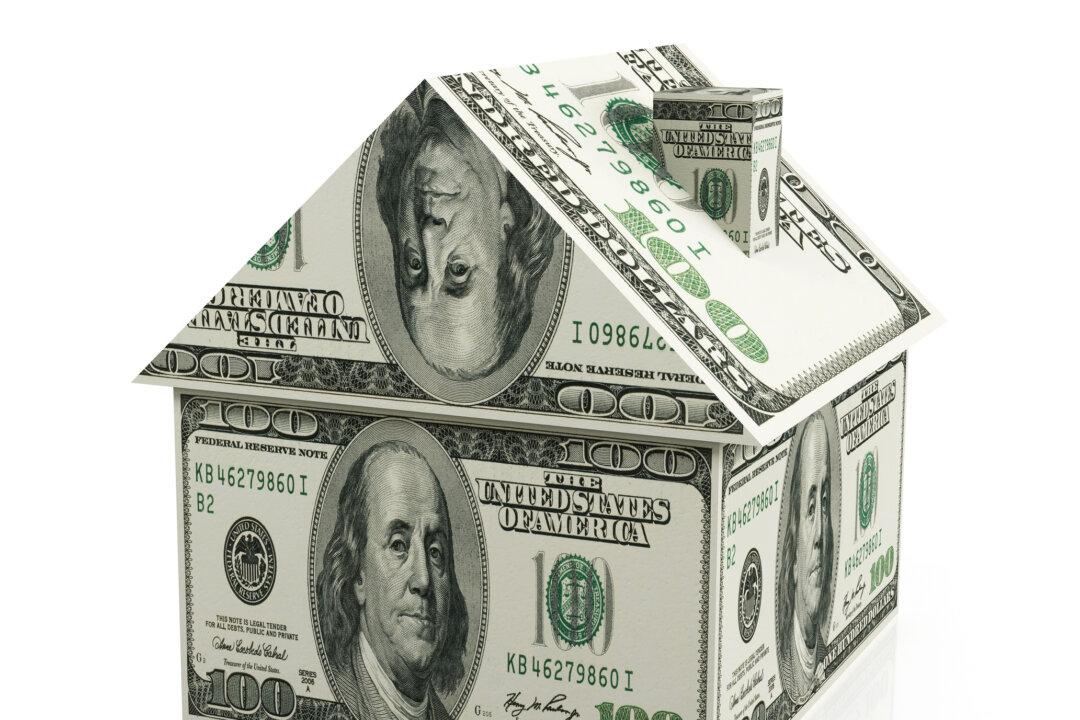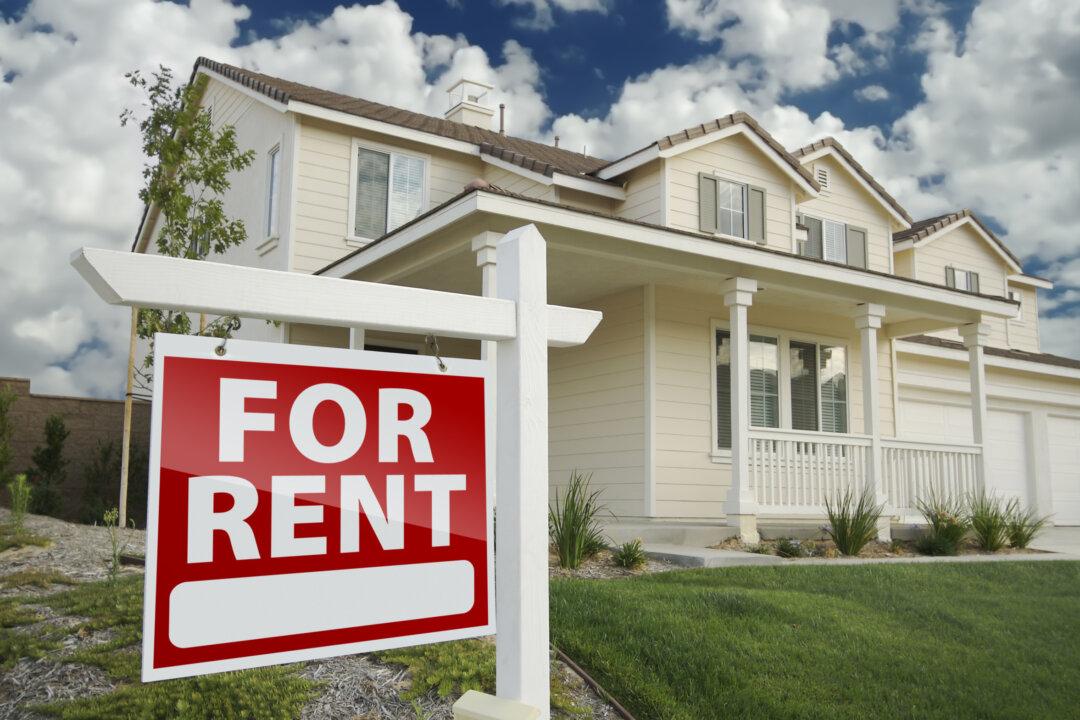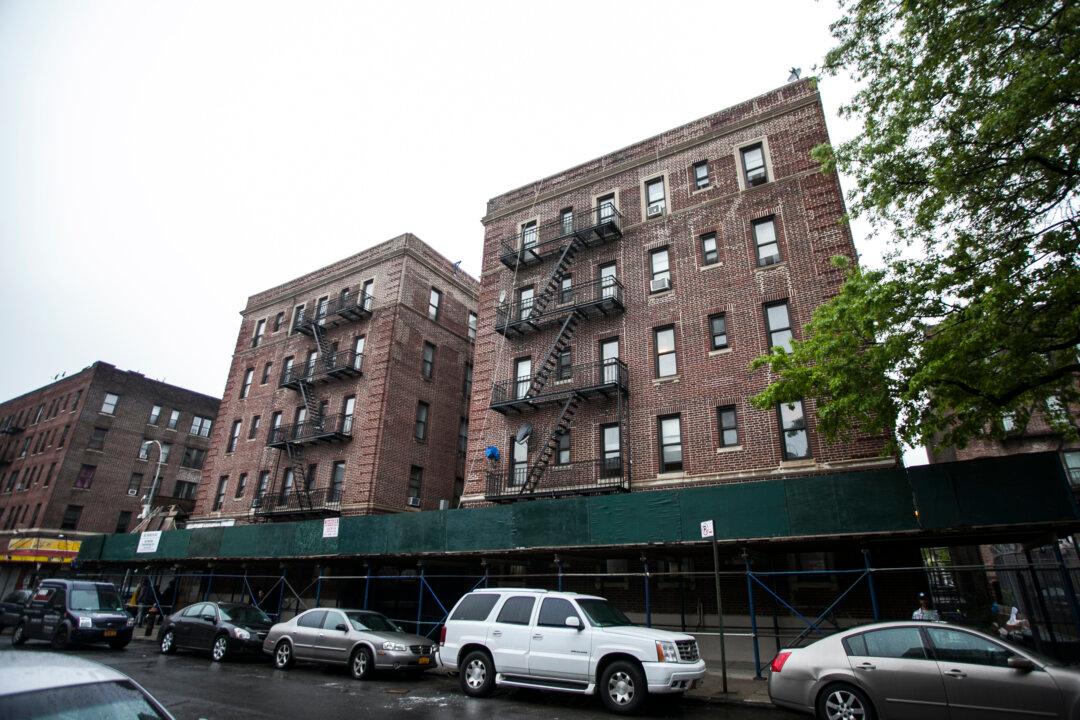A lot of people looking at investing in rental real estate are using something called the capitalization rate (or “cap rate”) to evaluate the financial viability of a potential investment.
The cap rate represents the return you would get on a real estate investment if it were fully capitalized. What that means is that if you were to pay all cash (fully capitalized) for the property, you would earn that cap rate percentage of return on your investment. So, basically, it doesn’t include any costs associated with financing, i.e. no mortgage.
For example, if you were to buy a $300,000 property for cash and it paid you $30,000 a year net operating income (NOI), then your cap rate is 10 percent ($30,000/$300,000). The NOI is your rental income minus the operating expenses of the property.
Cap Rate, Income, and Expenses
The big problem with cap rate and how people represent this percentage is that it is based on numbers that tend to be exaggerated. Either the income is projected to be too high, or the expenses are projected to be too low.
For example, a property could be earning a gross annual rent of $40,000 and have annual expenses of $10,000. This means that the NOI is $30,000, as shown in our example above. And if the property sells for $300,000, also like in our example, then the cap rate would be 10 percent.
Now what happens if the seller is exaggerating the income and it’s really only $35,000 and the expenses are really $15,000? What it means is that your NOI is now only $20,000 ($35,000 minus $15,000). So now the cap rate is really only 6.67 percent.
The higher the cap rate, the better. A recommended minimum cap rate is 10 percent.
But again, the big problem with using a cap rate is that it’s based on numbers that are hard to validate, namely income and expenses.
Gross Rent Multiplier
Another method for evaluating an investment opportunity is Gross Rent Multiplier (GRM). The GRM is a number based on the sale price divided by the actual annual rents. For example, if the rents are $40,000 and the purchase price is $300,000, the GRM is 7.5 ($300,000/$40,000).
The lower the GRM the better. The nice thing about GRM is that there is only one variable, the rental income, that you have to rely on.
A good rule of thumb is that the maximum GRM should be around 7. Historically, it’s been shown that there is enough income to cover the financing and operating costs of a house whose price is 7 times it’s rents. A more detailed evaluation could prove otherwise.
So in our example above, if rents are $40,000, the maximum purchase price should be $280,000 (7 x $40,000); you shouldn’t purchase this property for more than $280,000.
Comparable Properties, Owner’s Tax Filing
If you can’t rely on the seller’s cap rate and the rental income and expenses the owner declares, how do you properly evaluate a rental property?
One thing you can do is look at comparable rents for similar properties in that area, and then apply a 5 percent vacancy rate. This should give you a good estimate of what you could expect the rental income to be for the properly you are evaluating.
You can also ask the owner for his or her income tax filing for that property for the previous year and see how much rental income they declared. This is an excellent indicator, since no one ever declares more income than was actually earned when filing tax returns.
Recommended Steps
My recommended steps to evaluate a property are as follows:
1. Ignore the cap rate.
2. Determine rental income using the comparison method and the owner’s tax filing.
3. Multiply rental income by 7 to determine the maximum purchase price.
That’s it. You are now ready to make an offer based on your knowledge of what the maximum purchase price should be.
Make sure your offer is conditional so that you have the time to do a more a detailed financial evaluation and to look at the condition of the property itself.
Jim Pellerin has been investing in real estate for over 25 years. He is the author of “7 Steps to Real Estate Riches.” Check out his blog at www.jimpellerin.com.




